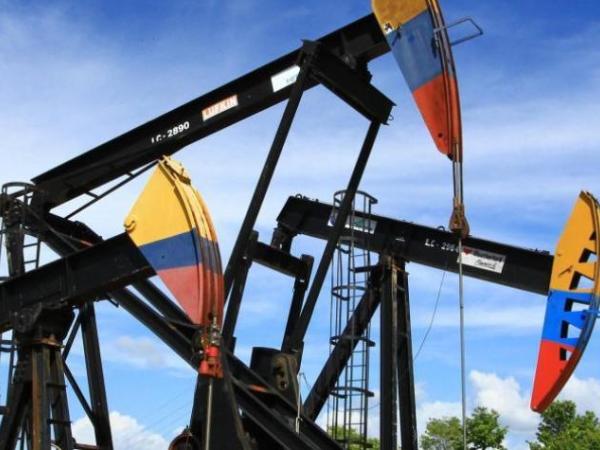Last December, the Gustavo Petro’s government presented the Financial Plan for 2023. within the macroeconomic assumptions proposed by the Ministry of Finance for the course of the year, there are a price of US$94.2 for the barrel of Brent.
(See: Scotiabank structured the issuance and placement of Ecopetrol bonds).
However, since November, the reference crude for Colombia has been below this line. As can be seen in the graph, since the beginning of the year, the price has ranged from $77 to $85 for each unit.
Additionally, the International Energy Agency (IEA) has a less optimistic expectation regarding prices for this year, since they estimate an average of US$83 per barrel.
This means that there is a difference of at least US$11 per barrel.
(See: Ecopetrol and Total Eren come together to operate a solar park in the country).
In accordance with David Cubides, director of economic research at Alianza Valores, explained that there are several impacts related to this difference. The first has to do with the income that the Government estimates, compared to what it could actually receive.
According to the expert, tax revenue associated with each dollar in the price of crude is between $300 billion and $500 billion.
In other words, for this year the income with which the Government accounts could be between $3 and $5 trillion less, due to the difference in expectations.
Cubides points out that Alianza Valores estimates that during the beginning of the year the price could even fall, due to the slowdown in the economy. “But it is a scenario that we expect to pick up towards the end of the year due to the recovery of the economy and the shortage of raw materials.”, he clarified.
However, there is another factor that is also impacted by the decrease in the price of Brent. To the extent that it falls, so will the price differential for liquid fuels, such as gasoline and diesel.
In this way, there will be a lower deficit or government debt with the Fuel Price Stabilization Fund (Fepc).
(See: Trade between Latin American countries grew 22% in 2022).
It should be remembered that by 2022 the deficit for this account is expected to cost the Government close to $38 billion, that is, more than what it expects to collect with the tax reform promoted by the Petro government and which is already in force.
Added to this is the fact that four adjustments have been made to gasoline prices that already add up to $1,000. However, the same has not yet been done with diesel, which would not have risen at least in the first half.
Jose Ignacio Lopez, Corficolombiana’s director of economic research, says that this means solving only part of the problem, to the extent that close to 50% of the debt is generated by the subsidy for this fuel.
Despite a lower differential between the local and international prices due to the lower cost of Brent, analysts consider that it is necessary to start the path of increases.
“Lower prices mean lower revenues for the country, but they help the FEPC deficit to stabilize and eventually close against the price of gasoline paid in ColombiaCubides concluded.
The evolution of the price of a barrel of Brent will depend in part on the economic slowdown, as well as the evolution of the conflict between Ukraine and Russia, which It has led to the price of ‘commodities’ having increases.
The International Energy Agency estimates that for the first quarter of the year, the price will be slightly affected upwards, due to the blockade imposed by the European Union on maritime imports of petroleum products from Russia.
(See: Government does not rule out new oil and gas contracts in 2023).
“This ban is likely to be more damaging to global oil markets than the December 2022 EU ban on imports of seaborne crude oil from Russia.”, estimated the Agency.
However, for the second half of the year, the IEA considers that there will be a slight decline in oil prices, with which the annual average of reference crude oil for Colombia would close at US$83 per barrel. Likewise, by 2024 it would continue to fall, normalizing its price, reaching an average of US$78.
Increase in the price of gasoline
Since January average gasoline for the 13 main cities in the country rose from $10,000, after four increases in fuel that the new Government has made and that already add up to $1,000 for each gallon of fuel.
Fuels in Colombia.
iStock
The Government’s idea is to continue the monthly increases to close the deficit of the Fuel Price Stabilization Fund (Fepc), whose debt amounts to $38 billion only for what was generated during the past year, according to estimates from the Autonomous Committee of Fiscal Rule (Carf).
These continued increases will improve the health of the Nation’s finances, but they also have an effect on inflation.
(See: Hydrocarbon exploration exceeded levels seen in 2019).
Calculations by the Ministry of Finance indicate that For every $1,000 a gallon of both fuels rises, the impact on the cost of living is 0.65%.
However, CARF qualifies that the gasoline subsidy, for example, ends up being mainly focused on higher-income households.
BRIEFCASE








